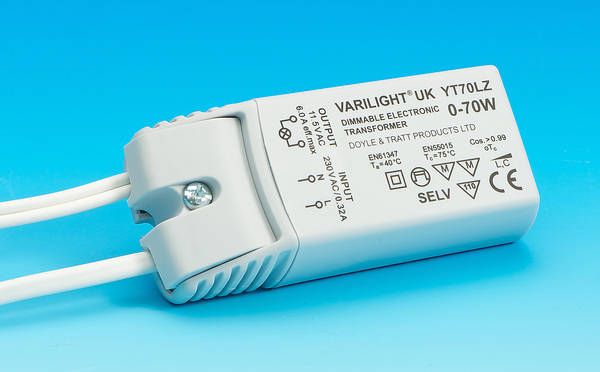Transformers are essential devices in electrical systems, responsible for transferring electrical energy between different voltage levels. However, these devices are designed to work with alternating current (AC) supplies. What would happen if a transformer is connected to a direct current (DC) supply? In this article, we will explore the potential consequences of such a connection and shed light on the hidden dangers that may arise.
- Loss of Magnetic Flux:
When a transformer is connected to a DC supply, the absence of alternating current prevents the creation of a changing magnetic field. As a result, the core of the transformer fails to induce the necessary magnetic flux. This loss of magnetic flux leads to a significant reduction in the transformer's efficiency and performance. - Saturation of the Core:
The core of a transformer is typically made of ferromagnetic materials, such as iron, which exhibit a nonlinear magnetization characteristic. When a DC supply is applied, the core can become saturated, meaning it reaches its maximum magnetic flux density. This saturation can result in increased core losses, excessive heating, and potential damage to the transformer. - Overcurrent and Overheating:
Without the alternating current component, the impedance of the transformer decreases significantly. This reduction in impedance causes a surge in current flow, leading to overcurrent conditions. The excessive current can result in overheating of the windings, insulation breakdown, and even fire hazards. Additionally, the absence of AC prevents the self-cooling effect that occurs due to the alternating magnetic field, further exacerbating the overheating issue. - Voltage Instability:
Transformers are designed to regulate voltage levels by adjusting the turns ratio between the primary and secondary windings. However, when connected to a DC supply, the transformer cannot perform this voltage regulation function effectively. Consequently, the output voltage becomes unstable, leading to potential damage to connected equipment and disruption of the electrical system.
Conclusion:
Connecting a transformer to a DC supply can have severe consequences, including loss of magnetic flux, core saturation, overcurrent, overheating, and voltage instability. These risks highlight the importance of understanding the limitations and proper usage of transformers in electrical systems. It is crucial to ensure that transformers are correctly matched to the appropriate AC supply to maintain their efficiency, reliability, and safety.

